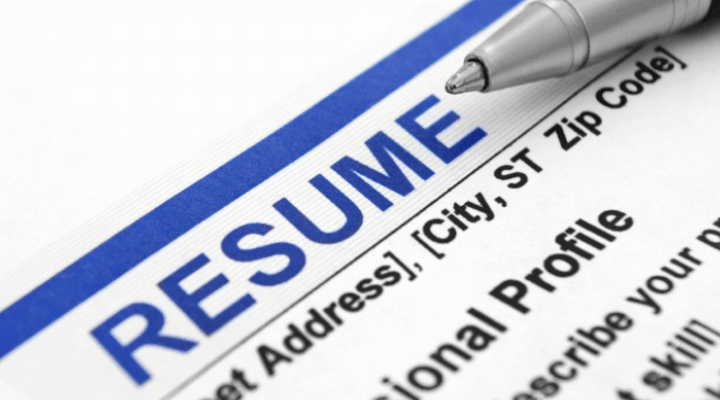I have about 50 versions of my resume from early in my career when I was trying to figure out what to do. I had so many ideas then of what I might want to do: management consulting, translation, international education, non-profit, federal government, or help a company do business internationally (not even knowing what that job title would be or where to start looking for something like that).
In the end, I got an internship overseas and then worked in business development before returning to the United States. Because of my language skills, I landed a job in communications consulting without knowing the first thing about strategic communications or public affairs. But it turned out that it combined consulting, my language skills, international clients, and I was helping companies do business overseas. It hit on so many of my interest areas, though in a different way than I imagined. From that point on, my resume had threads that made sense. Although I’ve diverged from communications a few times since, going to the federal government and then back to a private company consulting for the government, there are still three main threads throughout my work – language, writing, and communications consulting. So despite being in different industries and having diverse roles, I’ve used different combinations of these three skills across all of my jobs.
Define your threads.
Look at the organizations you’ve worked for, the job titles you’ve had, and the skills you’ve used at each job. Where do you see commonalities? For example, did you do business analysis and research for a private company and later work at a non-profit on health care policy? Research and analysis ties into both. Did you work with clients in the automotive and transportation industry as an advertising account manager and then move into marketing in the retail industry? Advertising, marketing, and branding are similar.
The master resume.
What I’ve learned is that having one master resume is really all you need, because it contains everything you’ve done in one place. You can continue to add to it when you gain more experience and skills. Then you can easily cut information from it to create a new version for different job applications.
Record all jobs and internships, education, professional training, licenses, certificates, awards and honors, volunteer work, professional affiliations, languages, publications, and technical knowledge. Put as many details as you can in your master resume, from dates to locations to bullets that describe your work and the end goal, purpose, or impact of every task.
Keep it clean.
In order to save yourself headaches later when it comes time to submit an application, edit and refine your master resume and keep it that way as you add to it. Make sure the formatting is clean and use consistent constructions (i.e., start every bullet with an active verb). Avoid grammatical errors.
Once you’ve done all this, share it with two people you trust and ask them to review and edit. Incorporate their edits and review it again – printed out in hard copy, as it’s hard to catch spacing errors and other formatting issues on the computer screen.
Dissect the job description.
You come across a job posting and you’re ready to apply. First, read the description closely. Highlight the required and preferred qualifications. Ask yourself if you meet the majority of required qualifications. If so, it’s likely worth your while to apply.
“Save as” and delete.
Once you feel you are a) qualified for this job and b) have a good grasp of what the employer is looking for, it’s time to look at your master résumé and “save as” a new version. Keep information that shows how spectacular you are and that is relevant to the required qualifications. Retain information that employers look for and expect to see, such as education, awards and honors, and any unique technical knowledge. Delete bullets and past experience that is not relevant. If the details of jobs 10 years and older don’t add anything novel to your more recent experience or are irrelevant to your target role, only retain the company name, job title, location, and years held.
Create one strong, clean master resume and you’ll easily be able to tweak your resume for job applications by using the good old “delete” and “save as” functions.




